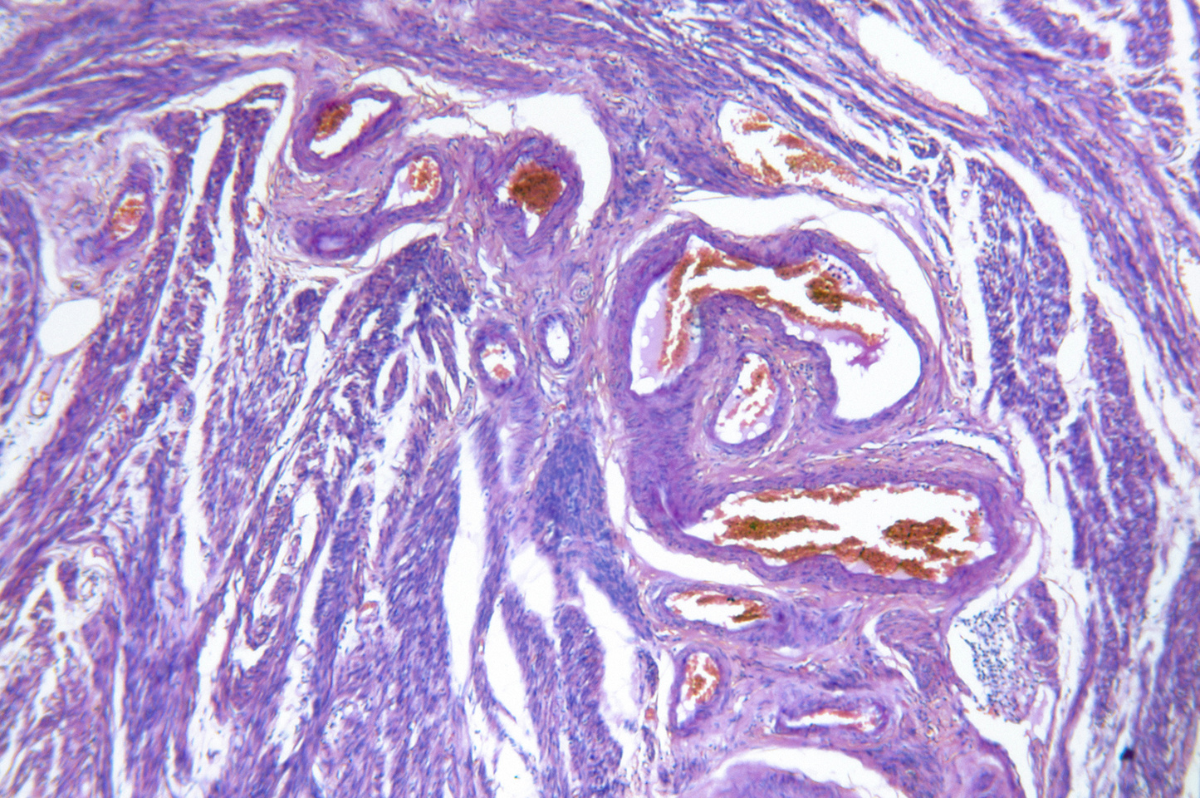Obstetrics & Gynaecology
Improving Outcome for Advanced Ovarian Cancer
Advanced ovarian cancer often presents with diffuse symptoms, leading to diagnosis at a later stage when the cancer has spread beyond the ovaries.
This article has been fact-checked by Dr Timothy Lim Yong Kuei, gynecologist at Timothy Lim Clinic for Women & Cancer Surgery, Mount Alvernia Hospital, Singapore.
About the Doctor
Advanced ovarian cancer often presents with diffuse symptoms, leading to diagnosis at a later stage when the cancer has spread beyond the ovaries. This complicates treatment, as the disease may affect multiple organs and systems. Survival rates are significantly lower in advanced stages, highlighting the critical need for awareness and early detection strategies. Treatment typically involves a combination of surgery and chemotherapy, aimed at reducing tumor burden and managing symptoms.
Symptoms and Diagnosis Usually at Advanced Stage
- Late-Onset Symptoms: The symptoms of ovarian cancer, such as bloating, pelvic or abdominal pain, feeling full quickly or difficulty eating, and urinary symptoms (urgency or frequency), are nonspecific and often mimic those of less serious conditions. This can lead to delays in diagnosis until the disease has advanced and spread beyond the ovaries.
- Diagnostic Challenges: There is no effective screening test for ovarian cancer in asymptomatic women without known genetic risk factors. Diagnosis typically involves a combination of pelvic examination, imaging tests such as ultrasound or CT scans, blood tests for tumor markers like CA-125, and sometimes, diagnostic laparoscopy. However, these methods are more effective at identifying cancer once symptoms have prompted an investigation, rather than in early detection.
Improving outcomes for advanced ovarian cancer depends on enhancing awareness of the disease’s potential symptoms among both the public and healthcare professionals to prompt earlier diagnostic evaluations.
Standard Treatment for Advanced Ovarian Cancer
1.Surgical Debulking
- Objective: The primary goal of debulking surgery is to remove as much of the tumor as possible. This includes the primary tumor in the ovaries, as well as any visible metastases in the abdomen and pelvis.
- Importance: Successful debulking, where minimal residual disease is left behind, is associated with better outcomes and longer survival rates for patients.
2. Post-Surgery Chemotherapy
- Post-Surgery Treatment: Following debulking surgery, patients usually receive chemotherapy. This treatment aims to eliminate any remaining cancer cells that surgery could not remove.
- Regimens: The standard chemotherapy regimen involves a combination of drugs, typically including platinum-based compounds like carboplatin or cisplatin, and a taxane such as paclitaxel.
- Purpose: Chemotherapy reduces the risk of cancer recurrence and can improve survival rates in patients with advanced ovarian cancer.
This approach forms the cornerstone of treatment for advanced ovarian cancer, aiming to maximize patient survival and improve quality of life.
3. Neoadjuvant Chemotherapy
Neoadjuvant chemotherapy (NAC) involves administering chemotherapy before surgical intervention in patients with advanced ovarian cancer. This is usually given when it is not possible to surgically remove all the cancer or if the patient is medically unfit for surgery. Its primary benefit is to shrink the tumor, making it more amenable to complete surgical removal, which is critical for improving patient outcomes. This approach has been shown to enhance the feasibility of optimal debulking surgery, thereby potentially extending progression-free survival.
New Cytoreductive Surgery with HIPEC and Peritonectomy to Improve Survival in Advanced Ovarian Cancer
1.Hyperthermic Intraperitoneal Chemotherapy (HIPEC)
Procedure and Mechanism
HIPEC involves circulating heated chemotherapy drugs directly within the abdominal cavity immediately after cytoreductive surgery. This method allows for high concentrations of chemotherapy to make direct contact with cancerous cells, while the heat enhances the drugs’ ability to kill cancer cells.
Benefits and Outcomes
The primary benefit of HIPEC is its targeted approach, aiming to destroy microscopic cancer cells left after surgery, thus reducing the risk of recurrence. Clinical studies have shown that HIPEC can improve survival rates in patients with advanced ovarian cancer when combined with effective cytoreductive surgery.
2. Peritonectomy in Ovarian Cancer
Surgical Approach
Peritonectomy involves the surgical removal of the peritoneum, or parts of it, that are affected by cancer. This procedure is often part of cytoreductive surgery aimed at reducing the tumor burden in patients with advanced ovarian cancer.
Impact on Treatment
Removing the peritoneum affected by cancer helps in reducing the overall tumor load, which can be critical for the success of subsequent treatments, such as HIPEC, and in improving the patient’s chances of a better outcome.
Who is suitable for New Cytoreductive Surgery with HIPEC?
Patient Selection Criteria
- Extent of Disease: Ideal candidates are those with limited spread of cancer within the abdominal cavity that can be effectively removed to leave minimal residual disease. The procedure is most beneficial when most of the tumor mass can be surgically excised.
- Overall, Health and Performance Status: Patients must be in good overall health with a strong performance status to withstand the extensive nature of the surgery and the HIPEC procedure. This includes adequate heart, lung, kidney, and liver function.
- Absence of Distant Metastases: The procedure is most suitable for patients without cancer spread outside the abdominal cavity, such as to the lungs or distant lymph nodes.
- Tumor Type and Sensitivity: The type of ovarian cancer and its known sensitivity to chemotherapy are considered. HIPEC is more likely to be offered to patients whose tumor types are known to respond to the chemotherapy drugs used in the HIPEC process.
Evaluation for Suitability
A thorough evaluation including imaging studies, biopsies, and assessments of physical health is necessary to determine a patient’s suitability for new cytoreductive surgery with HIPEC. This multidisciplinary assessment ensures that the procedure aligns with the patient’s overall treatment goals and has a favorable risk-benefit ratio.




















